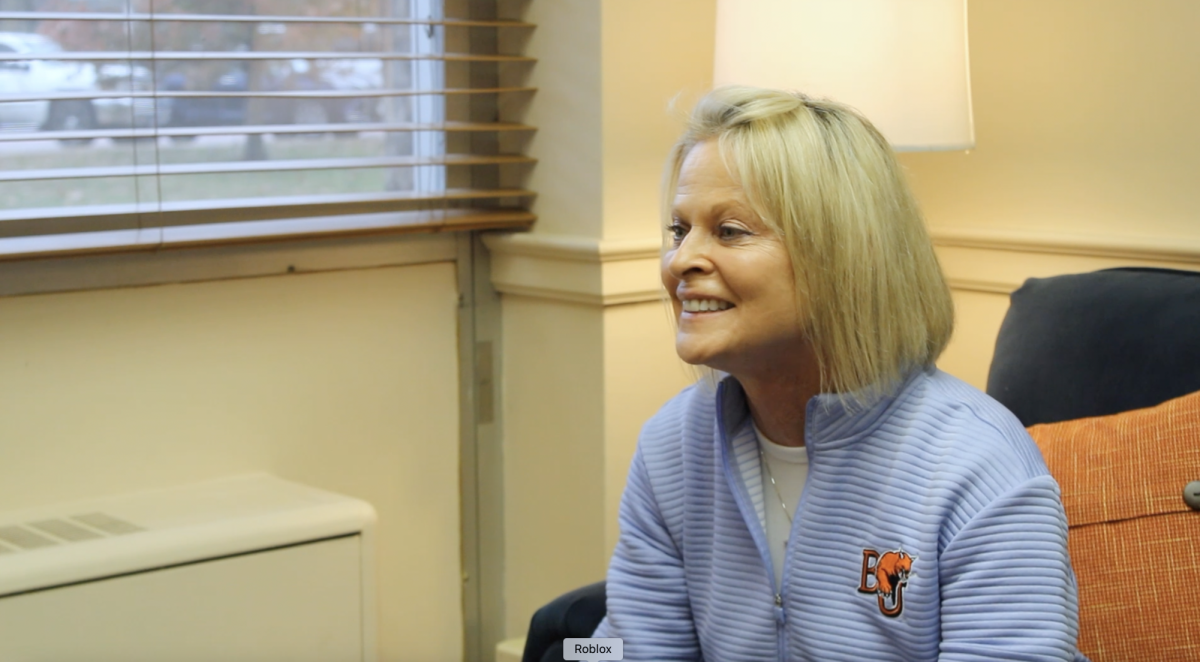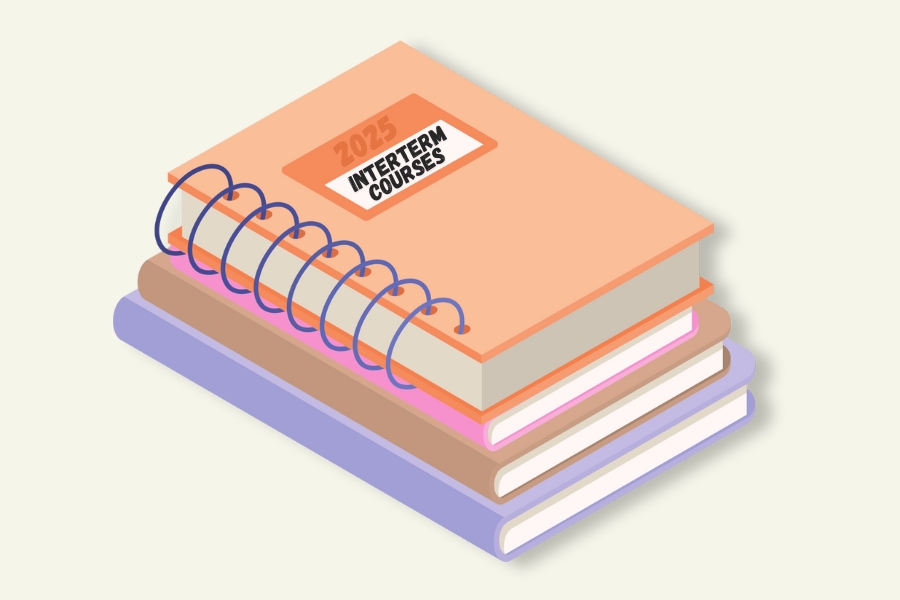A decision made last spring to implement a plus/minus grading scale at Baker University had many students in disagreement, and after one semester of it being applied, it appears to have made very little difference.
“There doesn’t seem to be a big impact on the pluses and minuses skewing or changing the overall university standing or GPA,” University Registrar Ruth Miller said. “That’s somewhat what the faculty (was) predicting that it wouldn’t, in the large grand scheme of things, make a whole lot of difference.”
The change gave instructors the option to use this new grading scale in which an A, 93 to 100 percent, would reflect a 4.0 on a student’s transcript for that course. However, 90 to 92 percent, an A-, would be considered a 3.67 on the transcript.
The overall GPA of the College of Arts and Sciences was 3.02, compared to the 3.03 campus GPA for the fall of 2010. The fall of 2009 resulted in an overall GPA of 3.10 and in the fall of 2008, it was 3.06.
Of the instructors whose courses received an actual letter grade and not just a pass or fail, Miller said 63 percent of them gave plus/minus grades. The other 37 percent gave straight letter grades on the standard grade scale.
“Of the group that I saw straight letter grades, I don’t know if it’s just the way the students fell in the grading that said nobody fell into that piece that might be the plus or minus, or if they chose (not to use the scale),” Miller said. “I would say there is a percentage of them that probably chose just to do the straight letter grades.”
Of the instructors who choose to use the new grading scale, some choose to use a variation.
Pedro Dos Santos, instructor of political science and international studies, used the scale with only the pluses.
“In this transition period … in a way, it hurts some of the students that have been here a while and have not been part of the plus/minus system,” Dos Santos said. “I have a problem with (the scale) not having an A plus. … The reason they do this is to stop grade inflation, but then you almost create a grade deflation by having the A range be so high, and that, in a way, punishes good students. ”
While the grading scale had very little effect campus-wide, there was concern and dissatisfaction on the individual student level.
“Last year, I had a 4.0 and I would have gotten a 4.0 this past semester without the plus/minus grading scale. But, I got, like, a 91 (percent) in one of my classes. So, technically, I got all A’s again, but it’s not a 4.0,” sophomore Tara Chumley said. “It’s just disappointing when you work hard and you get good grades, but you don’t get the full reward for it.”
Being the beginning of the semester, instructors can still make the decision on whether or not the plus/minus grading scale is suitable for their course.
“A faculty member for the spring semester who didn’t use plus minus grades might decide they want to this time,” Miller said. “Or, some that did might decide they don’t.”







